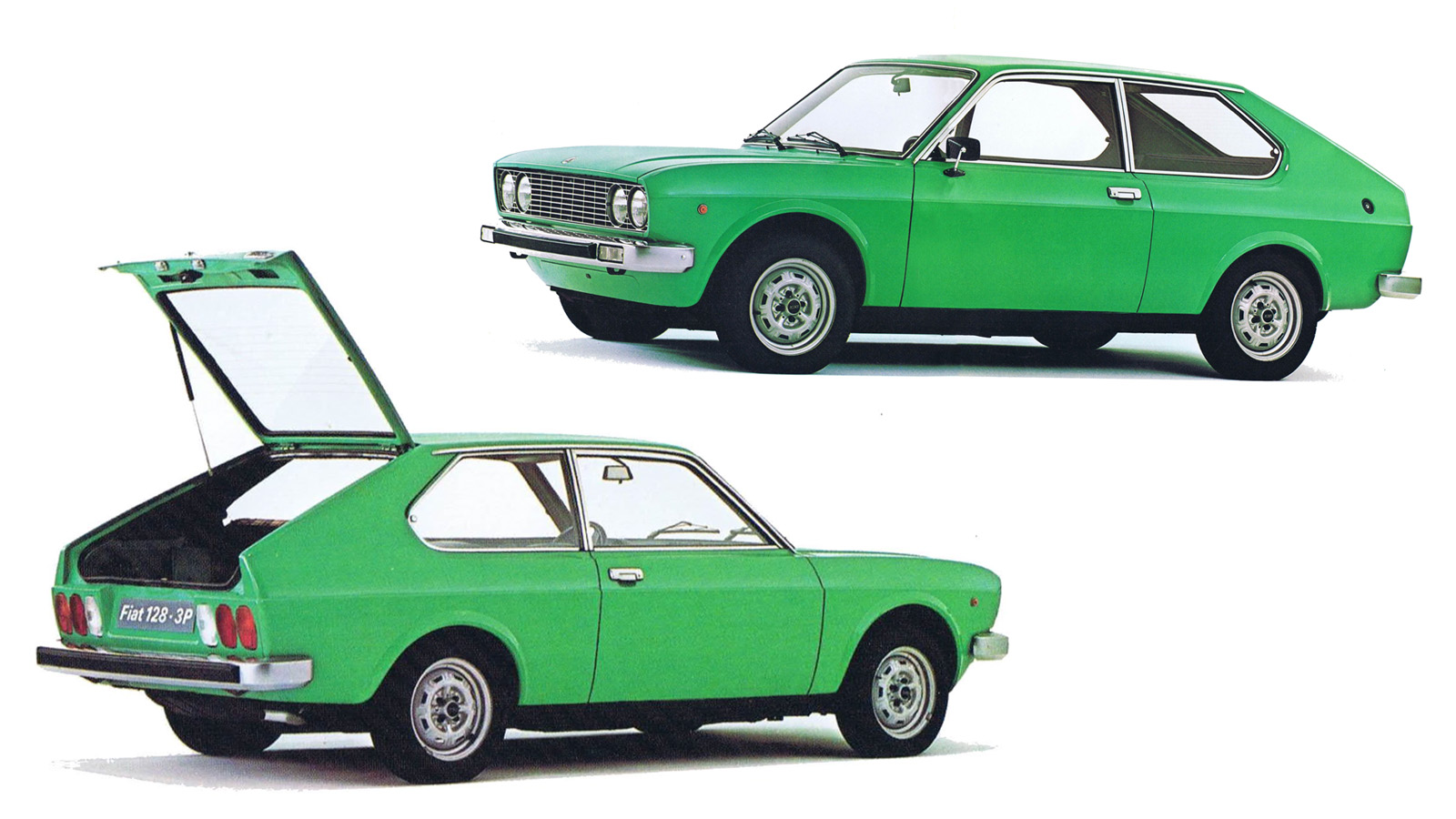Plaids, as you probably know, seem to be technically “tartans,” which refers to the pattern, as “plaid” seems to have originally referred to the physical textile itself. I mean, nobody today uses the words like that, but according to the Scottish Tartans Museum, which seems to be in my own state of North Carolina, that’s the deal. It even says North Carolina is the state with the highest concentration of Scottish people? I had no idea. It’s not like there’s haggis food trucks on every corner. Plaid is fun! The nature of plaid means it can be adapted to be bright and bold, like our Fiat here, or more subtle, as one of the lone remaining new-car plaids you can get, on a Volkswagen Golf GTI, is:
Plaid is now pretty much only available on a few performance-focused cars that have some sort of history with plaid. Plaid as an option on mainstream cars, like a minivan or crossover, is just not a thing. I don’t get this. Plaids still show up in clothing, in furniture, and while, sure, it’s really easy to get painfully ’70s with it, you’d think some interesting plaid upholstery would be available on some mainstream cars, right?
Really, I’d make the same argument for almost any textured fabrics, like houndstooth or, hell, even crazy casino carpet patterns that look like the aftermath of a unicorn vomiting up a bunch of elves and clowns.
Also, that Fiat is s a great example of how to make three same-shaped light units into some really compelling taillights.
Like everything in modern design, a conservative approach is taken for the sake of resale value, and that annoys me to no end. Nowhere is Resale Value Chic (I’m coining that as an official design name here and now) more insufferable than it is in interior design. Thanks to HGTV shows selling us less for more courtesy of Home Depot, white walls and gray floors aren’t just for rental versatility and model home stagings, they’ve actually made themselves desirable.
Screw that.
I want an orange car with proudly vinyl plaid seats that aren’t even pretending to be leather and a home with more wallpaper patterns than an episode of Murder, She Wrote. Each year we’ve been looking back more and more at the past thinking, “well that was pretty snazzy.” We’re at a point in design where it’s impossible to wonder just how stale and boring the next trend will be. We’re at the zenith of technology and in the cellar of design.
3D printing and formed concrete could give us Great Gatsbian architecture but we settle for glass curtains and Tyvek McMansions; cars come painted in ironically jazzy names like Raspberry Parade and Pearlescent White, each as ordinary as the last. Why the panache-prohibitive obsession with resale value?
We keep cars far longer than we did in the ’70s. Were Chevettes really so disposable no one thought twice about buying one in Skittle Green? Or were the decision makers back then doing so many poppers and quaaludes at 54 they just didn’t care?
My guess is, the absence of plaid – and pink cars and octagonal houses with groove lounges – has everything to do with maximizing profit, something that’s been kicked into overdrive in the aggregated internet era. Not only do carmakers, developers, home renovators, and skyscraper builders want us to spend more for less, they’ve spent the last 50 years grooming lowercase minimalism into a trend.
When the new Maverick came out in 1970 the strippers sold for $1,995, with the tag line:
The New Ford Maverick It’s a Little Gas
I think plaid is ugly. None of my clothes are plaid, and none of my furniture is plaid, either.
My family had to make do with ancient secondhand furniture from the 1970s for far too long to ever want to own plaid again.
On the other hand, I wouldn’t hesitate to buy a car with a paisley or floral interior. I wasn’t cursed with those, but those are a much narrower lane of acceptance.



